The Great Northern Road Trip Series - Part 4
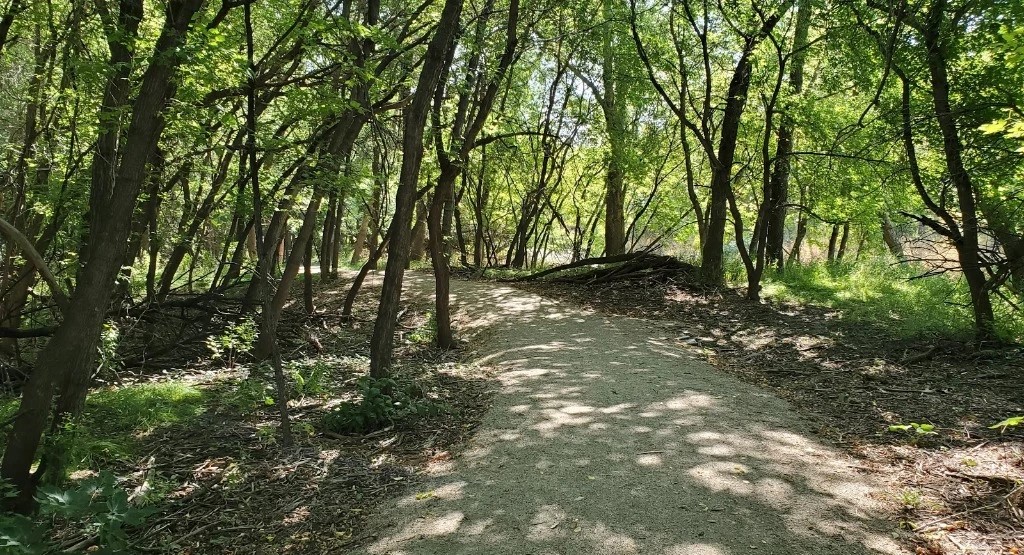
North Dakota may be a quiet and unassuming state to some, but it sure does offer plenty of adventure and one-of-a-kind experiences. The national and state parks and recreational sites in North Dakota are a must-see, and they make for the perfect places to break up the long stretches of the drive. Its metropolitan hubs provide all of the amenities you require without the need to wait in line. On this leg of our drive across the northern United States, you’ll get a tour of beautiful North Dakota. The state is waiting for you and your thirst for exploration when you cross the border from lovely Montana.
The Best Stops to Make from Upper Missouri River Breaks to Devils Lake, North Dakota
Bowdoin National Wildlife Refuge
Bowdoin National Wildlife Refuge, found 7 miles east of Malta, Montana, was laid out in 1936 to give natural surroundings to moving, settling, and taking care of birds. In excess of 260 types of birds, 26 types of mammals, and an assortment of amphibians and fish should be visible at the refuge.
Named after a little railroad siding town, the refuge incorporates around 6,600 acres of saline and freshwater wetlands and 9,000 acres of uplands (quite a bit of this local grassland). Lake Bowdoin was once an oxbow of the pre-icy Missouri River. Today, the stream lies roughly 70 miles toward the south. This is a wonderful place to explore the many miles of trails that wind throughout the refuge and to get some quality wildlife viewing in.
Sleeping Buffalo Rock & Sleeping Buffalo Hot Springs
Sleeping Buffalo Rock
Malta, located along a lonely stretch of US Rt 2 towards the state's eastern end, is the nearest town to this site, at a distance of 17 miles. This is an old rock native to the area, part of a series of boulders revered by the local Indians. The rock was carved into the shape of a buffalo by a prehistoric native many years ago. Although it's difficult to understand how the carvings transform it into a buffalo, this is believed to be one of the first known examples of American roadside attractions. The rock is currently protected by a shack beside the roadway, with informative inscriptions on either side.
At the intersection of US 2 and MT 243, the Sleeping Buffalo Rock rests in its corral beneath a shed. It has the shape of a buffalo, with its legs tucked up and its chin resting on the ground. Carvings that emphasize the form of the ribs and backbone are most likely prehistoric.
Respect should be shown to the rock, and it will tell you exactly what it desires. It cherishes coins and is particularly fond of tobacco, as evidenced by the unsmoked cigarettes left for it.
Sleeping Buffalo Hot Springs
Since the 1920s, bathers from North Dakota, Saskatchewan, and all of Montana have flocked to Sleeping Buffalo Hot Springs, Montana's sole hot spring on the northern tier. Sleeping Buffalo's hot water comes from a 3,200-foot-deep well that generates more than 900 gallons of 108-degree water each minute.
Every night, all pools are drained and cleaned, then replenished with the natural hot spring water. Spend the day unwinding in the main pool, hot tub, and sauna to experience pure tranquility.
Fort Peck Indian Reservation
Native Americans have been an enchanting society in mystery for years. The Assiniboine and Sioux Indians of northwestern Montana's Fort Peck Reservation are no exception. Their heritage, while being centuries old, is only now being unearthed and studied. The ambition, commitment, and determination of a few individuals to seize the opportunity to examine this wondrous race of people sparked the notion to expose part of their interesting story.
The tribes of the Montana and Dakota regions signed a compact with the United States government in 1851 at Fort Laramie, Wyoming, kicking off a series of legislative hearings on Native American reservations. The Sioux and Assiniboine used their sovereign rights at Fort Peck Agency in 1886, and the government consented to form the Fort Peck Indian Reservation. In 1888, the United States Congress signed the agreement after extensive negotiations over the two million acres of land. The 200 photos in this photographic collection pay tribute to Fort Peck's unique history and legacy.
Guests are welcome to pay respectful visits after contacting the reservation’s tribal office. There are a number of remarkable sacred sites, historical places, and artifacts on this reservation that you are able to see and learn all about.
Woodland Trail
Minot Parks maintains this three-mile route known as the Woodland Trail that runs along the Souris River east of the US Highway 83 bypass and south of the Bark Park. Bird watchers, nature lovers, walkers, and anyone looking for an outdoor experience on the outskirts of town frequent this trail. A trip across the trail, regardless of the length of the route taken, is a gratifying experience unlike anything else available in Minot.
The frontage road that serves the Souris Valley Golf Course or the U.S. Highway 83 bypass, which is currently under construction, are also good options for getting to Woodland Trail. At the trailhead, there is enough parking for numerous automobiles.
Roosevelt Park Zoo
Roosevelt Park Zoo, which was inaugurated in 1920, is home to over 200 mammals, birds, and reptiles from all over the world! Tourists of all ages will enjoy the children's zoo, otter display, giraffe, Japanese serow, and African penguins. Visit the Education Center, gift store, or concession stand for a nice treat. The zoo comes alive with a giraffe feeding station and a chance to feed pelicans! Bring the whole family to the zoo for a fun-filled day and let the "World Surround You at Roosevelt Park Zoo!"
Minot’s Swanky Addition, High Third’s
The city of Minot's latest gastropub has opened its doors. High Third has created a blend of American and Canadian cuisines that includes all of your favorites, including the Tater Tot Hot Dish Soup, a Midwest staple upgrade. It is the ideal position to appreciate Minot's beauty, as it is located downtown and features a rooftop bar and eatery. High Third is made up of three stories, each named after a local family, a business that operated in the High Third District during the prohibition era, and a local firm that once operated in the Magic City.
The first level, Bostow, is kid-friendly and features classic gastropub fare, creative twists on Canadian-American fusion, and scrumptious desserts. With their open seating policy, High Third provides an upmarket dining experience without the need for a reservation. The Bostow's ambiance boasts original exposed brick displaying the careful design of this rebuilt building, which was originally built in 1910, in addition to the fantastic cuisine offerings.
The Harmon family began operating Vendome Bar on the second level in Downtown Minot's High Third District. The second level is reserved for clients aged twenty-one and up and includes an outdoor patio that leads directly into the bar. The outside patio, which is open every day of the year (weather allowing), has dining tables, a walk-up bar, and outdoor lounging couches, making for a distinctive downtown scene. The High Third building's outside patio also has panoramic views of downtown Minot, which is unique. The Vendome Bar offers "Giggle Juice," which is ordered by color and has a delightful flavor that fits the color scheme. They also have wine by the glass, beer on tap, and all of your favorite classic cocktails.
For many years, the third floor, The DeeDee, was located at 316 Third Street and was named after Dee Dee Govan's restaurant, The Grill. The third level has been transformed into a chic private event room that may be used for meetings, receptions, or parties. With a bar outfitted with modern subway tile, elegant signs, and picture-perfect photo possibilities, it can accommodate up to 120 people. For events held at The Dee Dee, High Third even offers a customized smorgasbord option.
Scandinavian Heritage Park
The Scandinavian Heritage Park in Minot, North Dakota, is a fascinating location with relics and replicas from each of the five Scandinavian and Nordic countries: Denmark, Finland, Iceland, Norway, and Sweden. To name a few popular attractions, step inside a real Stabbur, visit the full-scale replica Stave Church from Gol, Norway, and stroll around the 25-foot tall Swedish Dala Horse! Become a member or create a tribute to your ancestors. Other Scandinavian adventures in Minot and the neighboring environs can be found here. It's all here, so go right in and have fun.
Devils Lake
Devils Lake is named after its location on North Dakota's greatest natural body of water. The Great Spirit, according to Sioux legend, drowned a war party returning across the lake from a forbidden night attack. Following that, the Sioux avoided the lake, referring to it as Minnewaukan Seche, or "Spirit Waters." Later, white settlers mistook this for "Lake of the Evil Spirit," which was truncated to the current name.
Two sections make up the lake, which is a prominent recreation center. The largest, Grahams Island State Park, is located off SR 19. On Black Tiger Bay, this second region serves largely as a boat launch. Because of its location along a major waterfowl migratory flyway, the lake is a renowned hunting area in the fall, and fishing is famous all year.
A Gothic Revival-style church made of native fieldstone, an 1885 lodge hall, and the 1906 Burlington Northern Railway depot are among the buildings in the downtown historic district dating from the early colonization period. The Federal Building, located at 502 4th St. N.E., contains the Lake Region Heritage Center, a neoclassic limestone structure with marble trim.
The Devils Lake location was a part of the 1874 countrywide Chautauqua movement. These massive educational and recreational gatherings ended in 1929, but the North Dakota Chautauqua's art displays, plays, courses, and workshops are remembered from mid-June to mid-September.
This lengthy fourth section of our trip ends here, but you can rest up and enjoy the area at your leisure before embarking on the next portion which will be full of just as many incredible experiences. The last several hundred miles truly have allowed us to explore some of the most profound sections of the US with all of the historical and culturally significant areas that exist here. Hopefully this journey has been life-changing and eye-opening in many ways with the places these wide-open roads have led us to.

Want to plan your next epic road trip?
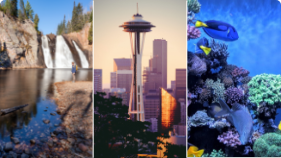
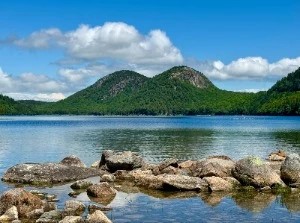
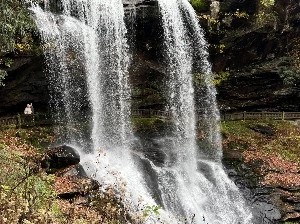



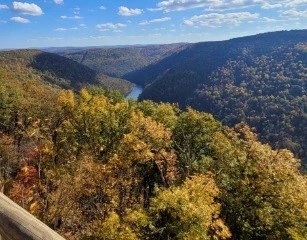
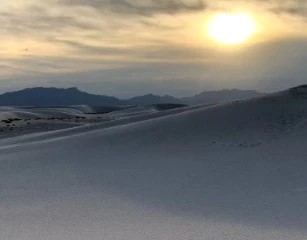



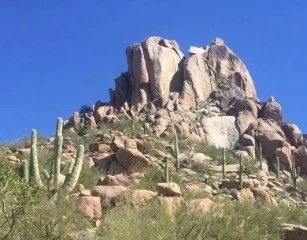

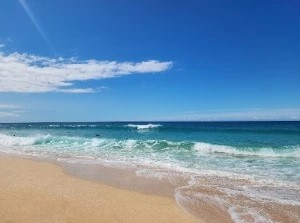
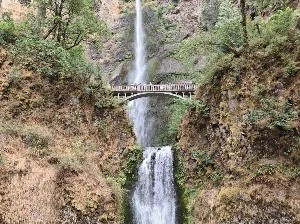

Report a comment
Please let us know why you want to report the comment from this user:
Thank you. Your report will be reviewed soon